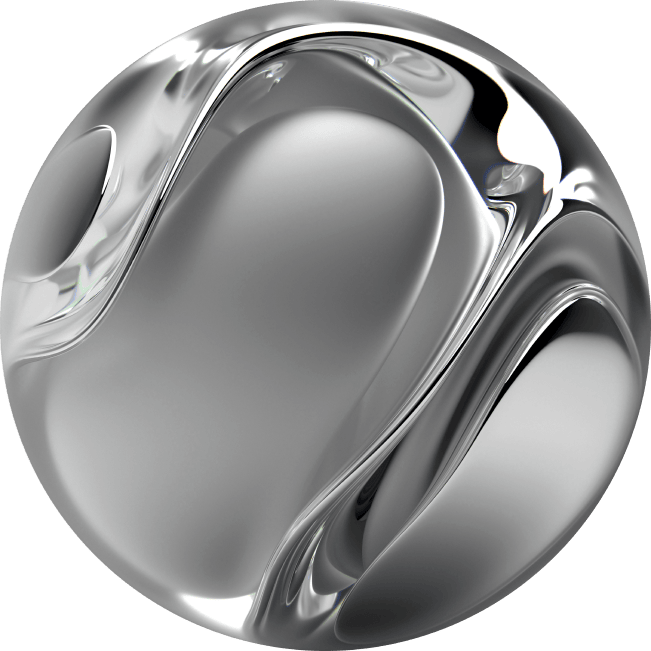Construir - The Challenges of International Design: Identity, Uniqueness, and Adaptation
25.03.2025
In this opinion piece in Construir, Openbook Studio’s partner Diana Noronha Feio explores the challenges of international luxury design – balancing identity, exclusivity, and adaptation to create truly unique spaces. More than aesthetics, true luxury lies in storytelling and authenticity, shaping experiences that resonate across cultures.
If you haven’t had the chance, you can read the opinion piece below:
EN – The Challenges of International Design: Identity, Exclusivity and Adaptation
Diana Noronha Feio, Openbook Studio managing partner
“Everywhere in the world, the essential question is: what are the right ingredients to guarantee authenticity and sophistication? When designing for high-end projects, the challenge is not just to sell luxury, but to define and mould that perception in a unique way”
International design is a highly dynamic and challenging field that requires not only creativity, but also a deep understanding of the cultural, social and economic differences between markets. In the luxury sector, adapting interior design is even more important, not only because the concept of luxury varies substantially from one region to another, but also because it requires strict compliance with the specificities of each market. This article explores the main challenges we face at Openbook Studio as players in the hotel and residential sector in an international context, highlighting the importance of flexibility and cultural knowledge in creating sophisticated and relevant spaces for different audiences.
The Luxury Market and the Problem of Exclusivity
Luxury design faces a duality similar to that which occurs in the world of fashion: luxury that has become mainstream and luxury that is truly exclusive, like the mark of uniqueness and quality of haute couture. This contradiction, evident in the big brands, also manifests itself in interior design. Everywhere in the world, the essential question is: what are the right ingredients to guarantee authenticity and sophistication?
When designing for high-end projects, the challenge is not just to sell luxury, but to define and mould that perception in a unique way. Many clients initially have expectations aligned with a more generic and commercial luxury. Our role, as consultants and designers, is to overcome this vision and introduce the true values of quality and exclusivity. The key is to identify what makes each project unique, developing its own identity that sets it apart from the rest. We work with storytelling, ensuring that each space has a well-constructed story, reflecting authenticity and attention to detail.
Strategies for Overcoming the Challenges of International Design
For international design to be successful, it is essential to adopt strategies that balance global identity with adaptation to local specificities. Here are the strategies we use as a compass in our projects.
Cultural Knowledge
In-depth study and understanding of the history and cultural nuances, as well as research into trends, habits and preferences of each market is a fundamental stage in the design process.
Good Design
Quality design is a fundamental criterion in all circumstances. Design that is familiar with local building practices and responds appropriately to their requirements. In this way we will also be incorporating sustainable practices, choosing local materials, valuing craftsmanship and using ecological technologies that strengthen the acceptance and perpetuity of the project.
The Concept of Aesthetics
Knowing the history and historical significance of each aesthetic expression is the ultimate scientific component of the international response. As an example, I remember when we first responded to a large-scale project in Vietnam, despite the client’s immediate acceptance of the concept and proposal, we were told that it referred too much to French colonial imagery. We immediately realised that the impact of the historical reference would penalise the concept of the project, which made us rethink our approach.
At Openbook Studio, we believe that design goes beyond appropriateness. We work to create a greater purpose, a unique result that not only responds to functional and cultural requirements, but also surprises and marks the identity of a space in an unmistakable way.
Our aim is to transform each project into something special and authentic, building spaces that stand the test of time and transcend passing fashions.
When we design for other places, we always leave a part of ourselves behind and absorb as much as that place has to give us.

PT – Os Desafios do Design Internacional: Identidade, Exclusividade e Adaptação
Diana Noronha Feio, Openbook Studio managing partner
“Em qualquer parte do mundo, a questão essencial é: quais são os ingredientes certos para garantir autenticidade e sofisticação? Ao desenhar para projetos de alto padrão, o desafio não é apenas vender luxo, mas definir e moldar essa perceção de forma única”
O design internacional é um campo altamente dinâmico e desafiante, que exige não apenas criatividade, mas também uma compreensão profunda das diferenças culturais, sociais e económicas entre mercados. No setor do luxo, a adaptação do design de interiores ganha ainda mais relevância, não só porque o conceito de luxo varia substancialmente de uma região para outra, como ainda porque supõe o estrito cumprimento pelas especificidades de cada mercado. Este artigo explora os principais desafios que enfrentamos na Openbook Studio enquanto players a atuar no sector Hoteleiro e Residencial em contexto internacional, destacando a importância da flexibilidade e do conhecimento cultural na criação de espaços sofisticados e relevantes para diferentes públicos
O Mercado de Luxo e a Problemática da Exclusividade
O design de luxo enfrenta uma dualidade semelhante à que ocorre no mundo da moda: o luxo que se tornou mainstream e o luxo verdadeiramente exclusivo, como a marca da unicidade e qualidade da haute couture. Essa contradição, evidente nas grandes marcas, também se manifesta no design de interiores. Em qualquer parte do mundo, a questão essencial é: quais são os ingredientes certos para garantir autenticidade e sofisticação?
Ao desenhar para projetos de alto padrão, o desafio não é apenas vender luxo, mas definir e moldar essa perceção de forma única. Muitos clientes, inicialmente, têm expectativas alinhadas com um luxo mais genérico e comercial. O nosso papel, enquanto consultores e designers, é ultrapassar essa visão e introduzir os verdadeiros valores da qualidade e exclusividade. O segredo está em identificar o que torna cada projeto único, desenvolvendo uma identidade própria que o distinga dos demais. Trabalhamos com storytelling, garantindo que cada espaço tenha uma história bem construída, refletindo autenticidade e atenção ao detalhe.
Estratégias para Superar os Desafios do Design Internacional
Para que o design internacional seja bem-sucedido, é essencial adotar as estratégias que equilibram a identidade global com a adequação às especificidades locais. Apresentaremos, de seguida, as estratégias que usamos como bússola nos nossos projetos.
Conhecimento Cultural
O estudo profundo e compreensão da história e nuances culturais, assim como a pesquisa de tendências, hábitos e preferências de cada mercado são uma etapa fundamental do processo de design.
O Bom Desenho
O desenho de qualidade é em qualquer circunstância um critério fundamental. O desenho que conhece as práticas de construção local e responde adequadamente às exigências desta. Deste modo estaremos a incorporar igualmente práticas sustentáveis, com a escolha de materiais locais, a valorização do artesanato e o uso de tecnologias ecológicas que fortalecem a aceitação e a perpetuidade do projeto.
O Conceito de Estética
Conhecer a história e o significado histórico para cada expressão estética é a derradeira componente científica da resposta internacional. A título de exemplo, recordo-me quando na primeira resposta que demos a um projeto de grande escala no Vietnam, apesar da aceitação imediata do conceito e da proposta pelo cliente, recebemos o reparo que remetia muito para um imaginário colonial francês. Imediatamente compreendemos que o impacto da referência histórica seria penalizador para o conceito do projeto, o que nos fez repensar a nossa abordagem.
Na Openbook Studio, acreditamos que o design vai além da adequação. Trabalhamos para criar um propósito maior, um resultado único que não apenas responda às exigências funcionais e culturais, mas que também surpreenda e marque a identidade de um espaço de forma inconfundível.
O nosso objetivo é transformar cada projeto em algo especial e autêntico, construindo espaços que resistam ao tempo e transcendam modas passageiras.
Ao desenharmos para outras geografias deixamos sempre uma parte de nós e absorvemos tanto quanto esse local tiver para nos dar.
Nota: A Autora escreve de acordo com o Novo Acordo Ortográfico
—
Fonte: Construir https://www.construir.pt/opiniao/os-desafios-do-design-internacional-identidade-exclusividade-e-adaptacao








